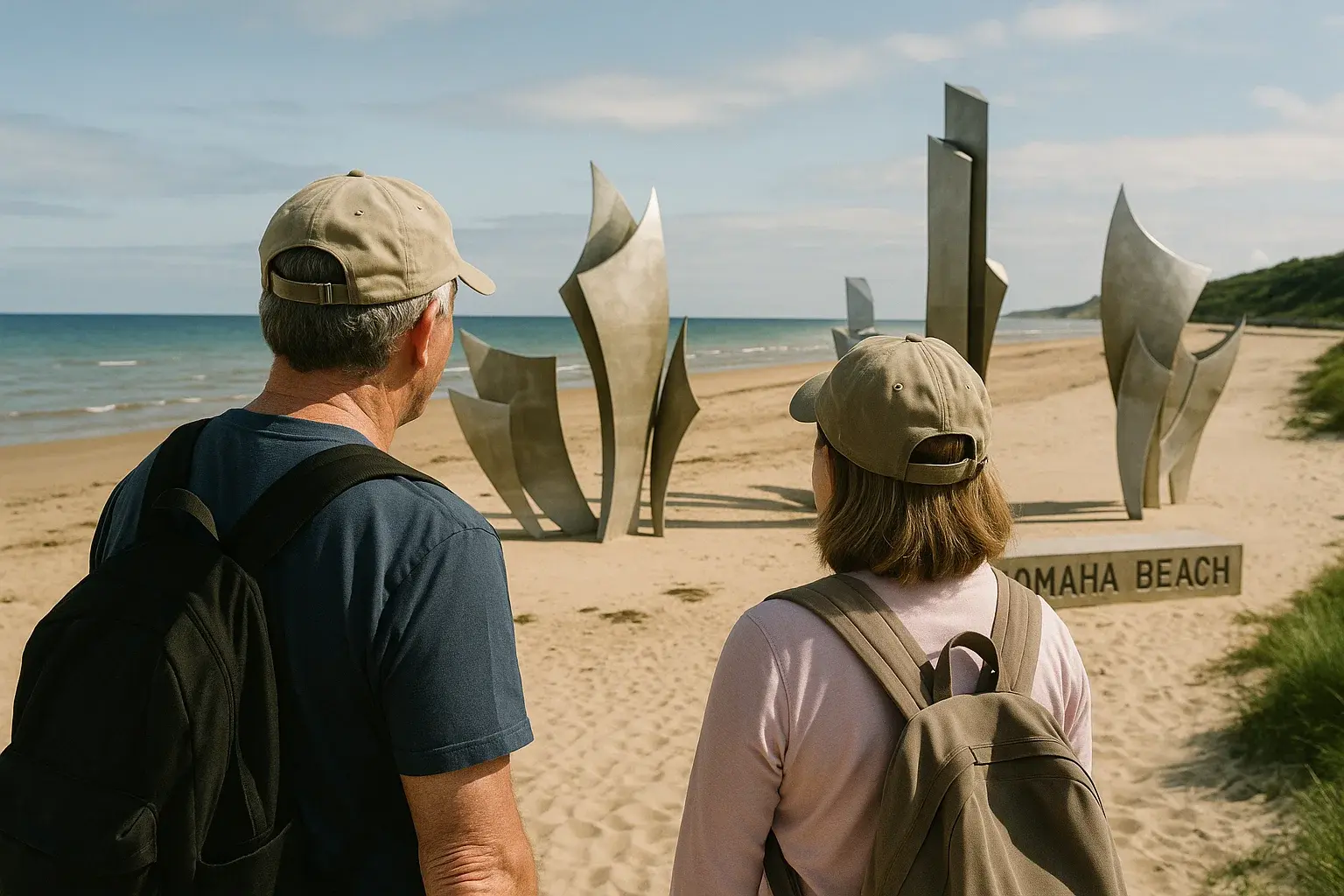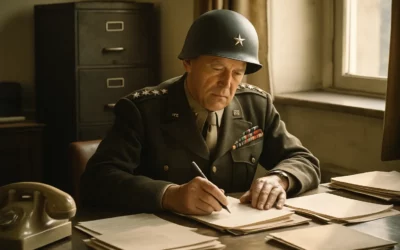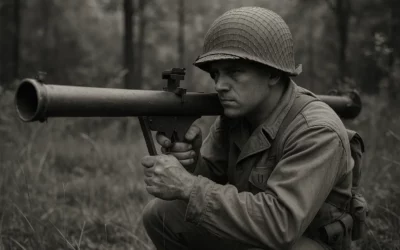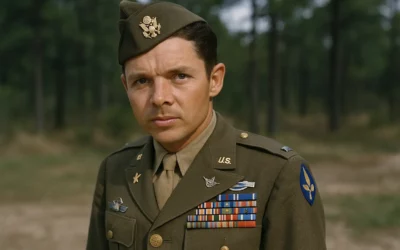Standing on the windswept sands of Normandy’s Omaha Beach, you can almost hear the thunder of June 6, 1944. Your Omaha Beach tour is far more than a photo stop, it is an encounter with courage that reshaped the modern world.
This guide provides everything you need to plan your journey: historical context, travel logistics, and insider tips. Whether arriving by train from Paris, driving scenic roads, or choosing a local guide, the goal remains the same: to honor the sacrifices etched into these cliffs and make the most of your time. You’ll learn the best vantage points, how to pace your day, and which lesser-known stops add depth to your visit.
Why Omaha Beach Remains a Must‑Visit
Few battlefields carry the symbolic weight of Omaha Beach. Here, Allied forces braved steep bluffs, brutal tides, and fierce German fire to secure a foothold that shifted the course of WWII. Visiting today engages all your senses, from salty air to rust‑stained bunkers to rows of white crosses.
Key Moments to Remember
- H‑Hour (06:30): First landing waves meet heavy fire.
- Bluff Breakthrough (09:00): Small groups scale the cliffs.
- Link‑Up (Afternoon): Forces connect with Gold Beach, securing the beachhead.
Understanding these events adds depth to the landmarks you’ll visit.
Planning Your Omaha Beach Tour Itinerary
Balance history and reflection in a single day with this proven route:
08:45 – Omaha Beach East End (Fox Green): German defenses, anti-tank obstacles
10:15 – Normandy American Cemetery: Flag ceremony, Wall of the Missing
12:00 – Saint-Laurent-sur-Mer: Café lunch with cider and camembert
13:30 – Pointe du Hoc: Ranger memorial, cliffs, bunkers
15:15 – Overlord Museum: Sherman tank, landing craft
16:30 – La Cambe German Cemetery: A different perspective on loss
18:00 – Return or sunset on the beach: Photos, reflection
Customize to match opening hours or interests, but don’t skip smaller sites, they often leave the biggest impact.
Getting There: Travel Options from Paris & Bayeux
| Mode | Time | Cost | Best For |
| Train + shuttle | 2h30 | €38–€70 | Speed without driving |
| Car rental | 2h45 | ~€75 | Flexibility & detours |
| Intercity coach | 3h40 | €15–€30 | Budget travel |
| Private driver | 2h30 | €300–€450 | Door-to-door comfort |
| Self-drive electric vehicle | 2h45 | ~€55 | Eco-conscious travel |
Tip: If taking the train, depart early from Paris-Saint-Lazare to Bayeux and pre-book a battlefield shuttle from the station.
Essential Sites Not to Miss
- Dog Red Sector – Preserved defenses, visible at low tide
- Widerstandsnest 62 – German strongpoint offering insight into Allied challenges
- Monument Signal – Panoramic views and photo ops
- Les Braves Sculpture – Modern tribute to liberation
- Vierville Draw – Site of Saving Private Ryan’s landing scene
Practical Tips for a Respectful Visit
- Dress in layers, weather shifts quickly
- Mind the tides, relics appear at low tide
- Pack silence, especially in cemeteries
- Stay hydrated, shops may open late
- Respect photography rules, no drones, avoid grass areas
Where to Eat, Stay, and Extend the Journey
Lunch stop – Bistro in Saint-Laurent-sur-Mer (moules-frites)
Boutique hotel – Restored farmhouse near the cemetery
Budget option – Seaside hostel in Arromanches
Evening detour – Sunset at Arromanches’ artificial harbor
Next-day idea – Visit Utah Beach & Sainte-Mère-Église
Book early for events in late May–early July.
Frequently Asked Questions
Do I need a guide?
Not required, but a local historian adds valuable insight.
Is Omaha Beach child-friendly?
Yes, with interpretive panels and museums (some content may require guidance).
Can I swim there?
Yes, in designated zones during lifeguard hours, but treat it as a memorial site.
How long should I stay?
At least six hours to fully appreciate the experience.
Memorial Site Etiquette
- Remove hats during flag ceremonies
- Keep phone conversations quiet
- Don’t climb on bunkers or graves
- Leave flowers or stones, not coins
Weather and Best Time to Visit
Normandy’s weather is mild and changeable. June and September are ideal, pleasant and less crowded than July.
| Season | High | Low | Crowd | Notes |
| Spring | 13°C | 6°C | Low–Moderate | Blossoms, fewer buses |
| Summer | 21°C | 12°C | High | Long days, book early |
| Autumn | 17°C | 9°C | Moderate | Festivals, dramatic skies |
| Winter | 8°C | 3°C | Very Low | Quiet beaches, museums stay open |
Pack a waterproof jacket, showers are common.
Accessibility and Mobility Tips
Most main memorials are wheelchair accessible. For limited mobility:
- Bring a lightweight folding chair
- Use designated accessible parking at the cemetery
- Download an audio tour to avoid steps at Pointe du Hoc
Packing Checklist
- ID (some sites require it)
- Portable charger
- Binoculars for spotting inland emplacements
- Notebook for personal reflections
- Flag or flower for a grave
Linking to Other WWII Sites
- Utah Beach & Airborne Museum – 45 minutes west
- Arromanches & Gold Beach – British sector and harbor remains
- Caen Memorial Museum – Context before or after your visit
- Falaise Pocket Trail – Follow the route of final liberation in August 1944
Reflection & Further Reading
Read memoirs like Company Commander or watch archival D-Day footage to prepare. After your visit, journal or share photos to help preserve memory.
Omaha Beach in Popular Culture
Seen in Saving Private Ryan and Band of Brothers, Omaha Beach has become a symbol of sacrifice. Seeing it in person reveals finer details cameras often miss, let the real landscape correct the dramatizations.
Local Culture & Gastronomy
Treat yourself to Normandy’s culinary treasures:
- Fresh oysters and whelks
- Camembert and Livarot cheeses
- Calvados apple brandy (drink responsibly)
- Teurgoule – traditional cinnamon rice pudding
Support local businesses that preserve the region’s heritage.
Sustainable & Responsible Tourism
Make choices that protect the site:
- Use shared or electric transport
- Carry out all litter, even organic
- Stay in local-run accommodations
- Respect private farmland near bunkers
Sample Two-Day Extension
| Day | Morning | Afternoon | Evening |
| 1 | Train Paris → Bayeux | Omaha Beach tour | Dinner in Port-en-Bessin |
| 2 | Utah Beach & Sainte-Mère-Église | Pointe du Hoc & La Cambe | Return to Paris or farmhouse stay |
This pacing allows for rich reflection and manageable logistics.
Final Thought
Every Omaha Beach visit starts the same way, with the beach, but the meaning you carry home is personal. Come prepared and curious, and the stories of courage and cooperation will stay with you long after you leave.
Tracing Family Connections
If a relative served in Normandy:
- Use the American Battle Monuments Commission database to find records
- Bring printed info; reception is unreliable
- Staff can guide you to graves and provide sand to enhance headstone inscriptions
- Share any family documents or photos with archivists
Photography Tips
- Golden Hour: Early morning or sunset for the best light
- Foreground Interest: Use flowers or relics to frame photos
- Respectful Framing: Never stand on graves, use paths
- Manual Mode: Adjust settings for bright beach light
- Tell a Story: Capture wide shots, details, and close-ups
Recommended Reading & Watching
| Type | Title | Perspective |
| Memoir | If You Survive by George Wilson | Infantry journey from Normandy through Europe |
| Memoir | D‑Day by Stephen Ambrose | Oral history from veterans |
| Documentary | The War (Ken Burns) – “D‑Day” | U.S. homefront during invasion |
| Feature Film | The Longest Day | Reenactment using real locations |
| Graphic Novel | Omaha Beach on D‑Day | Visual history for younger readers |
These deepen your understanding before you even arrive.
Glossary of Battlefield Terms
| Term | Definition |
| Draw | Natural ravine used for troop movement inland |
| Shingle Bank | Pebble ridge offering minimal cover to attackers |
| Ranger Battalion | Elite U.S. force tasked with scaling cliffs at Pointe du Hoc |
| Wiederstandsnest (WN) | German defensive complex of trenches, bunkers, and guns |
| DD Tank | Amphibious Sherman tank used during landings |
Charting Your Path Through History
Your visit to Omaha Beach will stay with you long after the breeze fades. Slow down. Trace preserved boot prints. Read headstones. Imagine the dawn when landing crafts filled the sea. That contrast between peace and chaos is the legacy the Allies fought to create.
When the sun dips behind Pointe du Hoc, you’ll understand why generations return, and why your own Omaha Beach tour becomes a story worth passing on.





